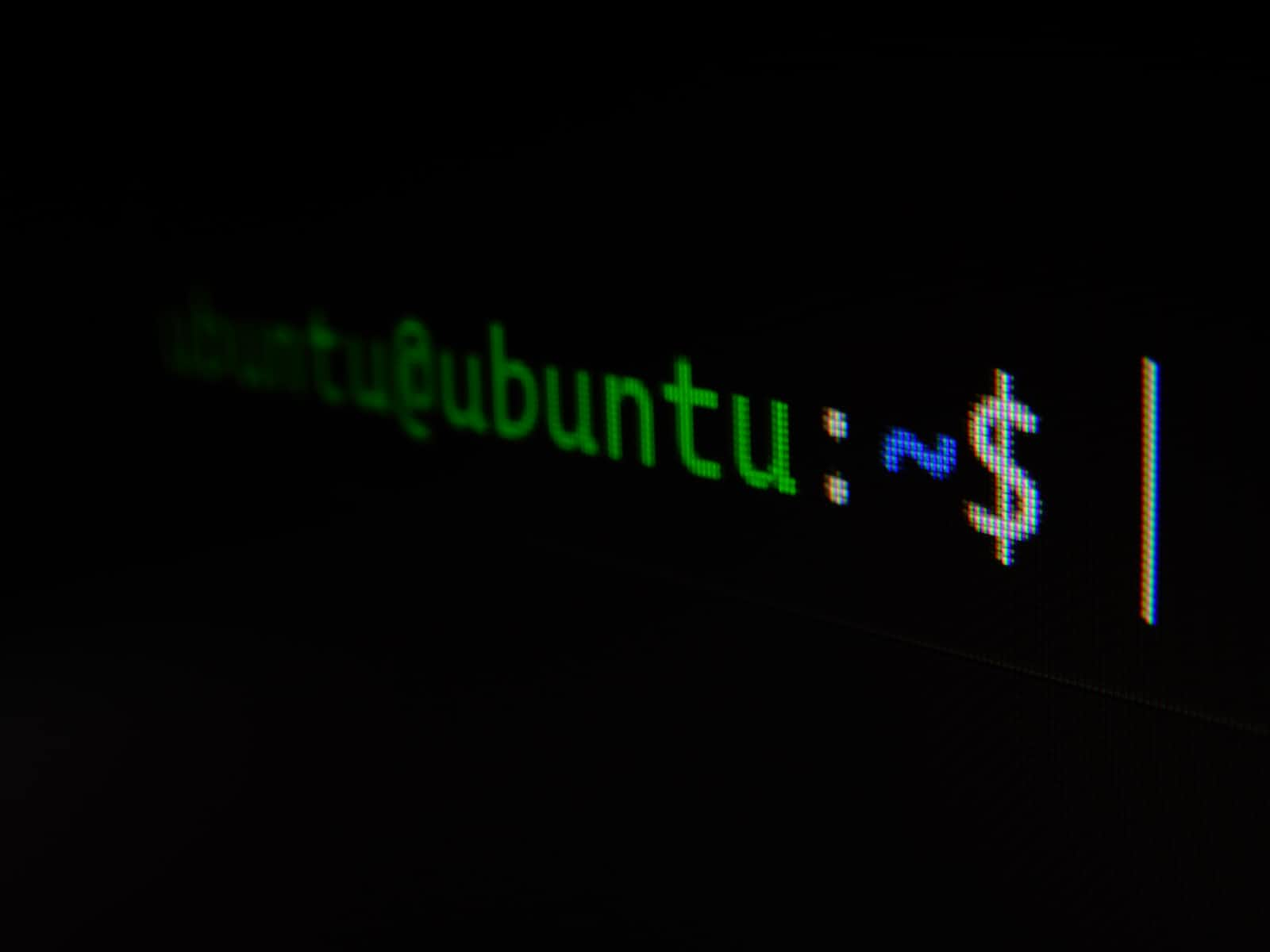Mastering Command-Line Efficiency with Aliases
 Tafadzwa Demba
Tafadzwa Demba
Picture this:
Instead of typing
git push, you unleash an alias -gp, and bam! Your Git updates are sailing smoothly with just a couple of keystrokes.gcb branchName, and you navigate to the desired branch instead of having to type outgit checkout -b branchName
For pretty git logs, one would have to type the below code which is the alias glod.
git log --graph --pretty="%Cred%h%Creset -%C(auto)%d%Creset %s %Cgreen(%ad) %C(bold blue)<%an>%Creset"
Not only is it tedious 😮💨, but a single typo can leave you scratching your head trying to figure out where it went wrong. That's where the power of using aliases in the UNIX command line shines😉.
What Are Aliases?
Aliases in the command line are like personalized shortcuts or nicknames for longer and often-used commands. They serve as a way to simplify your interaction with the terminal by allowing you to execute complex or lengthy commands with shorter, more memorable names. Think of them as your secret command-line language that makes your life easier.
How Aliases Work
Aliases work by mapping a user-defined keyword to a specific command or sequence of commands. When you type the alias into the terminal and hit Enter, it automatically executes the corresponding command(s). This simplifies tasks, reduces typing, and minimizes the chances of errors or typos.
Listing Existing Aliases
To see a list of existing aliases in your shell, you can use the alias command without any arguments. Simply open your terminal and type:
alias
This command will display a list of all the aliases currently defined in your shell. You'll see both the alias names and their corresponding commands.
Creating Your Own Alias
You typically define them in your shell's configuration file (e.g.,
.bashrc,.zshrc,.bash_profile) to make them persistent across sessions.
Open your shell's configuration file using a text editor of your choice (e.g.,
nano,vim, orgedit).Add your alias definition. For example, let's create an alias "gp" for the Git push command:
alias gp='git push'
Save and close the configuration file.
To apply the changes immediately, you can either restart your terminal or run
sourcefollowed by the path to your configuration file. For example:
source ~/.bashrc
Now, when you type gp in your terminal, it will automatically execute git push.
Embrace the Power of Aliases
Aliases are a potent tool in the command line, they can save you time and effort. By providing custom shortcuts for frequently used commands, they help you navigate the complexities of the terminal with ease. Whether you're a seasoned developer or just starting your journey in the command-line world, mastering aliases can significantly enhance your efficiency and productivity. So go ahead, create your own aliases, and take full control of your command-line experience!
Subscribe to my newsletter
Read articles from Tafadzwa Demba directly inside your inbox. Subscribe to the newsletter, and don't miss out.
Written by
